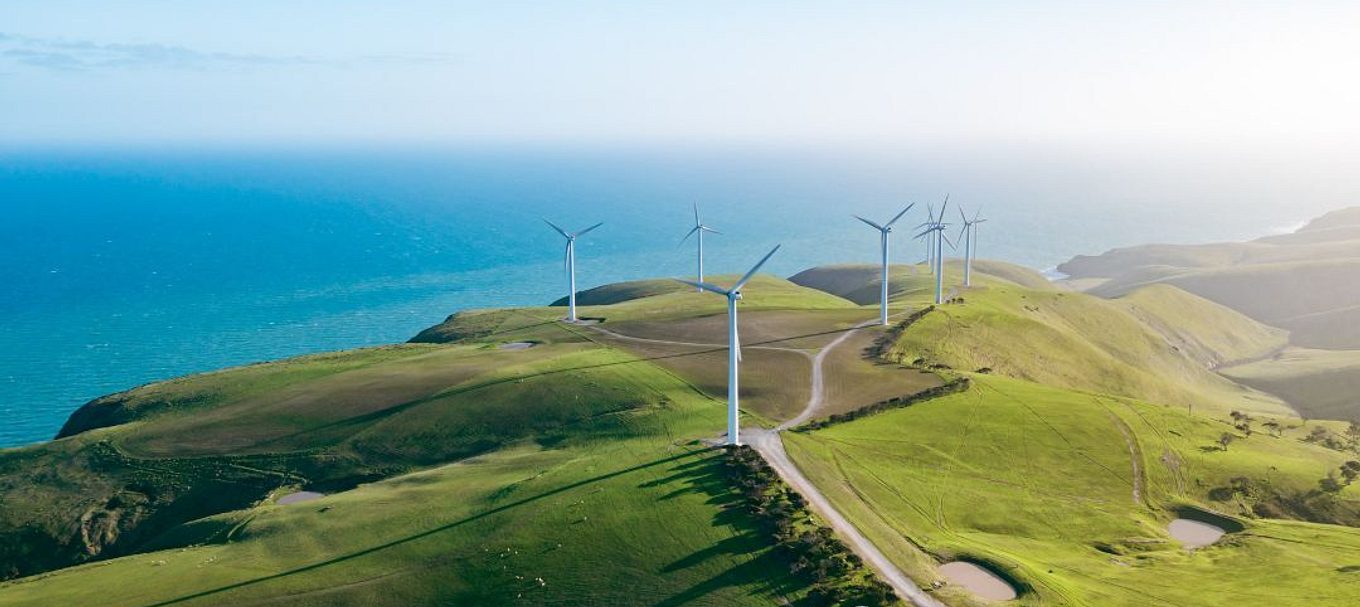
Unpacked: COP28 and South Australia’s involvement
Heard about the UN Climate Change Conference: COP28 but not sure what it’s about? Here’s what you need to know.
South Australia has committed to reducing net emissions by more than 50 per cent (from 2005 levels) by 2030 and achieving net zero emissions by 2050.
South Australia is also taking steps to build the state’s resilience to climate change impacts. But tackling climate change doesn’t happen in isolation and we need international collaboration to make headway on these big issues.
In early December, South Australia is joining other governments, industry and community in Dubai (UAE) at the UNFCCC’s 28thConference of Parties to discuss all things climate change.
What is COP28?
For nearly three decades the UN (United Nations) has been bringing together almost every country on earth for global climate summits – called COPs – which stands for ‘Conference of the Parties’.
In that time, climate change has gone from being a fringe issue to a global priority.
This year will be the 28th annual summit – giving it the name COP28.
The United Arab Emirates will host this year’s COP as President, with the summit being held in Dubai from 30 November -12 December.
Representatives, including South Australia’s Chair of the Premier’s Climate Change Council, Martin Haese will join thousands of negotiators, government representatives, businesses and citizens for 12 days of talks.
Why take part in COP28?
COP28 builds on the outcomes of previous COPs to deliver action on an array of issues critical to tackling the climate emergency – such as urgently reducing greenhouse gas emissions, building resilience, and adapting to the inevitable impacts of climate change.
You might remember the Paris Agreement – a legally binding international treaty on climate change. It was adopted by 196 Parties at COP21 in Paris in 2015 and its goal is to limit global warming to well below 2, preferably to 1.5 degrees Celsius, compared to pre-industrial levels.
COP28 provides a unique opportunity to reflect on the progress made since the Paris Agreement. COP28 presents the world’s first global stocktake; an assessment of global climate action that measures how well the world is tracking in meeting the goals of the Paris Agreement.
While formal negotiations at COP events are left to federal-level governments, this year’s event will look to have an increased focus on subnational governments, like South Australia. COP28 will host the world’s first Local Climate Action Summit that aims to unite leaders and recognise the critical role subnational actors play in reducing emissions and addressing climate risk.
Find out more about South Australia’s engagement at COP28 or sign up for the Climate Action SA newsletter.
Main image: Starfish Hill Wind Farm (image courtesy of Duy Dash)





